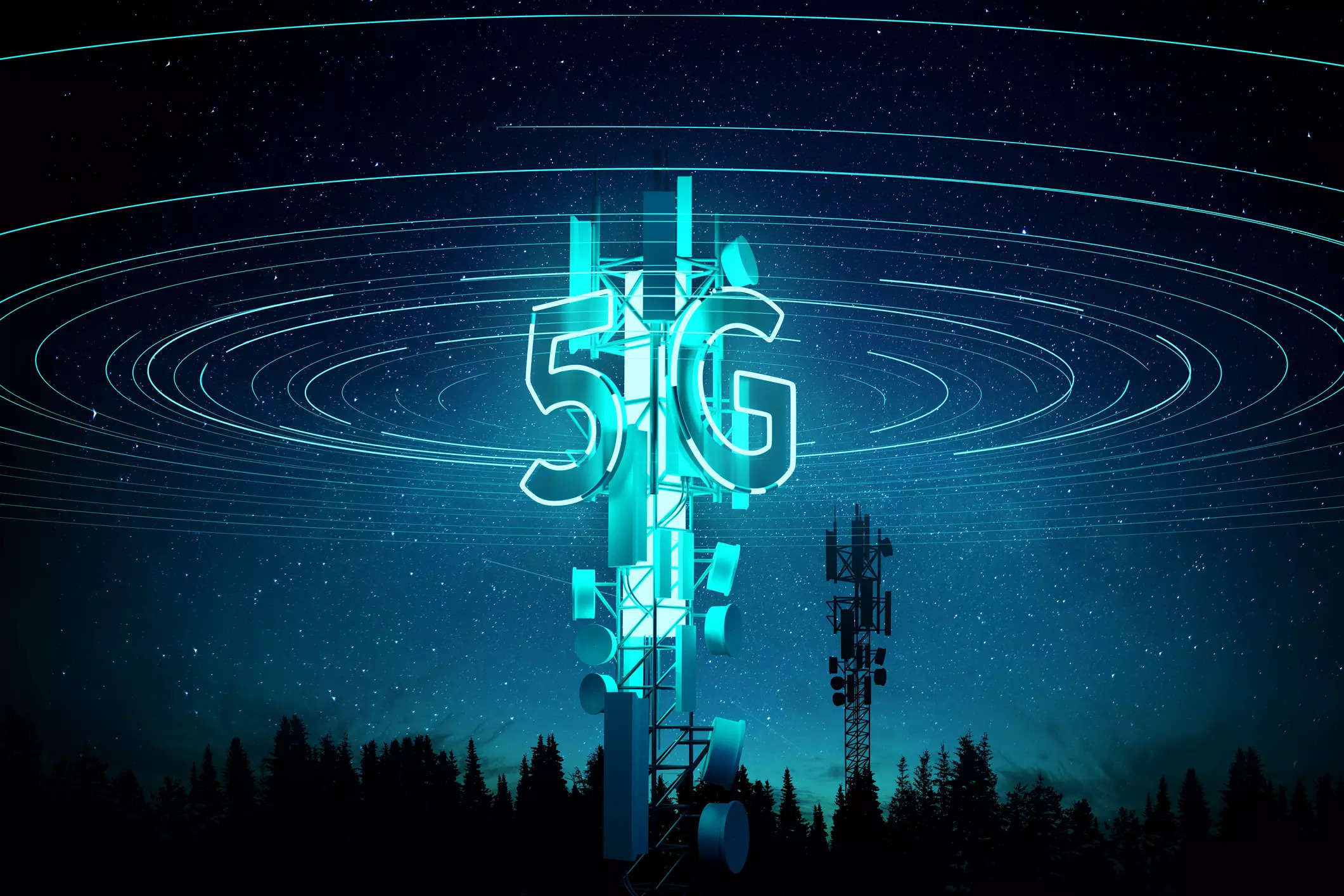
New Delhi: With new dimensions emerging in the automotive industry, the onset of 5G bandwidth will influence the adoption and proliferation of the connected technologies and the electric vehicle industry, said the industry experts at ETAuto virtual roundtable on Smart Vehicles- Looking into the future.
Connectivity is at the heart of the ecosystem and this is a big opportunity for telecom operators as well. After the traditional suppliers in the auto industry, the software companies have entered this space and now, the telecom companies are becoming a part of the supplier group of the automotive industry.
Siddharth Talawadekar, Business Head – IoT, Airtel believes that connected vehicle features are making the customers feel in control of the vehicle and bringing in the layer of transparency.
“As a telecom operator, our role is really crucial. We have the connectivity layer with the IoT platform, which integrates closely with the auto OEMs and tier one suppliers. We are trying to curate a complete ecosystem. So it is not just about the connectivity of the IoT platform but other businesses, like payments banks, or content. A lot of these are enablers for this ecosystem. There is also an opportunity to integrate all of them and offer it as a bouquet”, he said.
Talking about data and user experience, Ram Rajappa, Chief Technology Officer, Greaves Electric Mobility, “One of the key things will be providing more customized powertrain configuration based on the usage pattern or location based services. Unlike the ICE vehicles, the electric vehicles are a lot more configurable over the air. So there is a tremendous opportunity to keep the user experience. A lot of prognostics can be done and defects can also be detected before the customer experiences a complete shutdown of the system.”
Sharing similar views with respect to EVs, Dr. Shankar Venugopal, Vice President, Mahindra & Mahindra said that connected technologies will make it easier for customers to make the shift from ICE to EV even without going for a bigger battery and spending more for it.
Kartikeya Joshi, Vice President & Head – Product Planning, UNO Minda Group said, “The role of a tier-1 is changing from just a box provider to a technology provider when it comes to connected technology. It is not about selling a product but also selling services – there is hardware, software, services and then there is an ecosystem orchestration.”
According to recent estimates, more than 41% of new cars registered come with connected features and this will increase to 96% by 2030. While some of these are driven by regulations, others are driven by the user’s desire to make the car smarter.
“For me, connected technology is like a horizontal enabler to all the macro trends, which are there in automotive, and we as Minda see that there is increasing adoption of these technologies in India as well, although there are a few factors that need to be addressed. The three key mega trends of safety, electrification and personalization, will drive their adoption,” said Joshi.
Talawadekar of Airtel feels that 5G is going to be a great enabler for this entire ecosystem. And it is not only going to proliferate the connected vehicle features, but also help improve the operational efficiencies of the manufacturing process.
For instance, a greater degree of automation can be achieved through creating a digital twin. Superior quality control can be practiced on the processes in the assembly line and overall safety measures within the manufacturing setup through deployment of 5G.
Recently, Bharti Airtel and Tech Mahindra announced a strategic partnership to deploy a 5G solution at Mahindra’s Chakan manufacturing facility.
“For a vehicle to communicate with the surrounding infrastructure, the number of connected devices is going to go up drastically. 5G can essentially support 10x the number of devices in the same square kilometer area,” Talawadekar said.
Sharing his views on the impact of IoT, Ram Rajappa, Chief Technology Officer, Greaves Electric Mobility said that the brake systems or any other electromechanical system can play a key role with IoT enabled features where preventive maintenance can be done and proper warning service alerts can be given to the consumers. He also stressed on the need for cybersecurity.
Kartikeya Joshi of UNO Minda Group added, “Cybersecurity has to be looked at in terms of all three aspects. One is adding hardware, second is network, and then third is cloud.”
“We have done implementation with one of the OEMs in cybersecurity, and it’s a very extensive exercise, which starts with doing a threat analysis and risk assessment. You define cybersecurity goals and concepts for the vehicle and then start by design, select elements, both in hardware software network, as well as in the cloud, to ensure that it happens,” he said.
Also Read:
.

